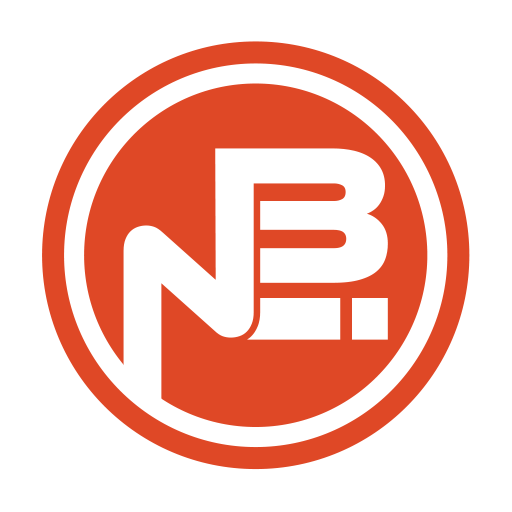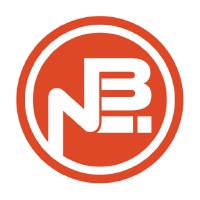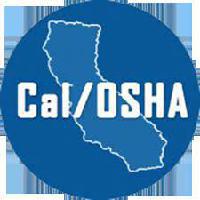Start:Dec 31, 2025
Duration:5 Minutes
Goal: this Cognitive Trail will increase the ability to apply Cal/OSHA safety standards for the construction industry.
Description: This Navitent will increase the successfulness of applying OSHA's safety standards. This information was taken from the 2019 Cal/OSHA Pocke ... Read More
© 2022 Navibuilder Building Intelligence LLC.


